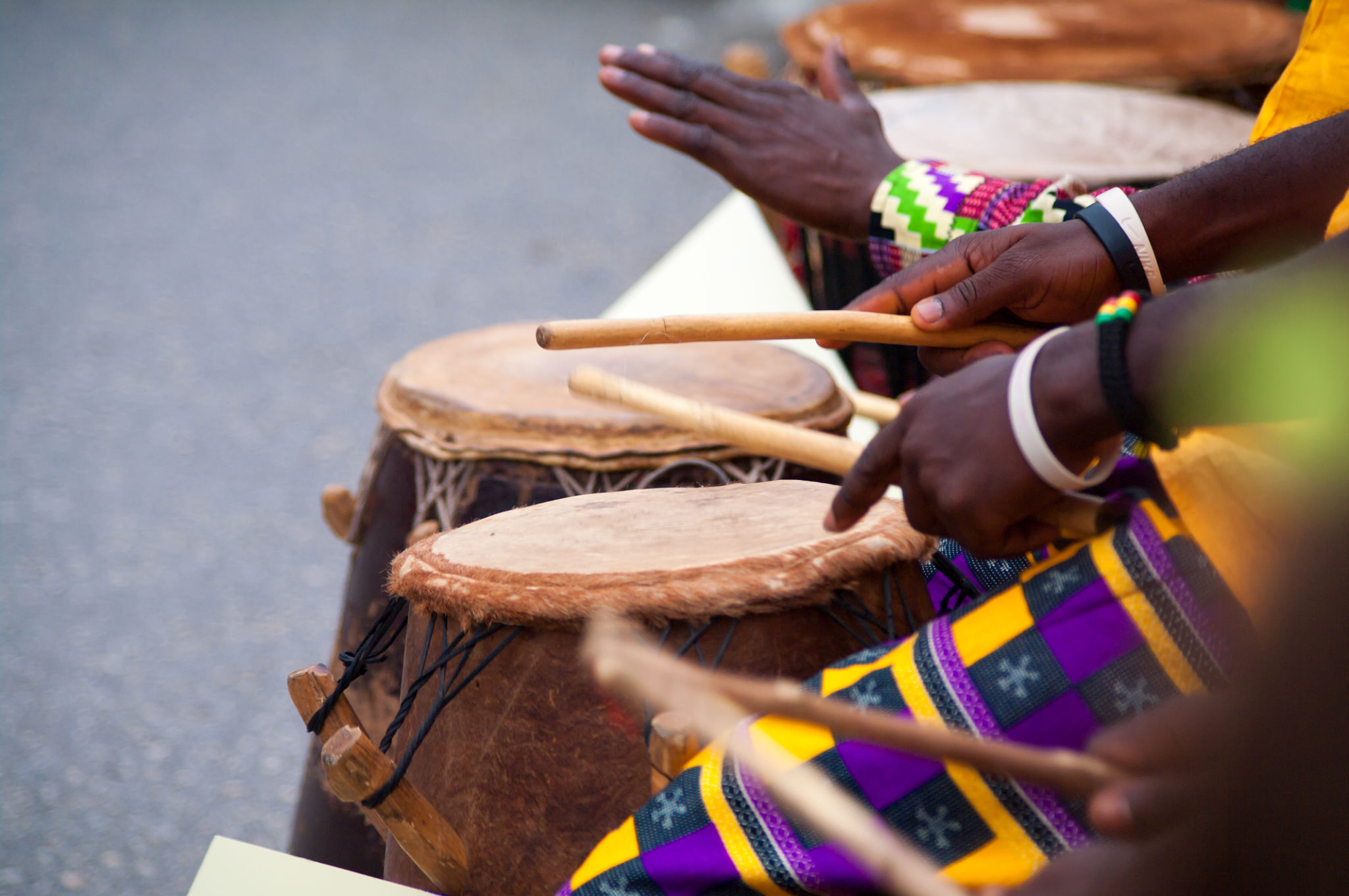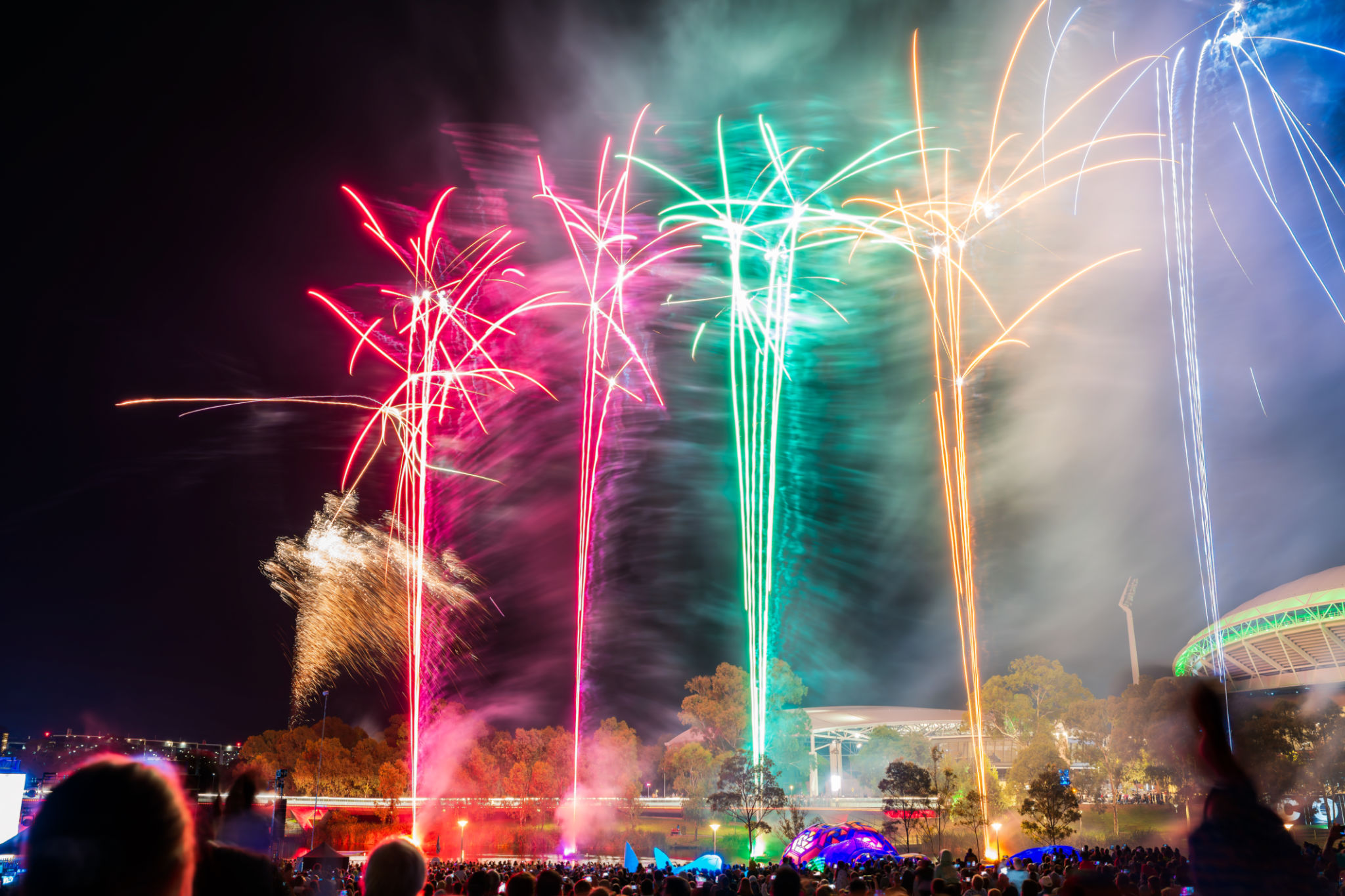Exploring the Rhythms: The Cultural Significance of African Drumming in Adelaide
Introduction to African Drumming
African drumming is more than just a musical expression; it's a vibrant cultural tradition that has transcended continents and generations. In Adelaide, the rhythmic beats of African drums have found a new home, captivating audiences and enriching the cultural tapestry of the city. These drums, with their deep connections to community and celebration, offer a unique way to explore African heritage.
The power of African drumming lies not only in its compelling rhythms but also in its ability to bring people together. For many in Adelaide, participating in or attending drumming sessions offers a chance to forge connections and experience a sense of belonging. This communal aspect is at the heart of African drumming and plays a crucial role in its cultural significance.

The Historical Roots
Understanding the cultural significance of African drumming involves delving into its historical roots. Drumming has been an integral part of African societies for centuries, serving as a medium for communication, storytelling, and religious ceremonies. Each drumbeat carries stories from the past, echoing the voices of ancestors and preserving traditions.
In Adelaide, these historical roots are celebrated and respected. Workshops and performances often include educational elements that highlight the origins of different drumming styles. By learning about the history behind the rhythms, participants gain a deeper appreciation of their cultural importance.
Drumming Styles and Instruments
African drumming is incredibly diverse, with various styles and instruments originating from different regions across the continent. Popular instruments include the djembe, dunun, and talking drum, each with a unique sound and playing technique. These drums are not just musical tools but symbols of identity and heritage.

In Adelaide, drumming workshops provide opportunities to explore these styles and instruments firsthand. Participants can learn about the specific cultural contexts each drum belongs to and how they contribute to the collective sound of African music.
The Cultural Impact on Adelaide
The introduction of African drumming to Adelaide has had a significant impact on the local arts scene. It has inspired collaborations across various artistic disciplines, from dance and theatre to visual arts. This cross-pollination of cultures enriches Adelaide's creative landscape and fosters greater appreciation for diversity.
Moreover, African drumming has become a popular activity in community events and festivals throughout the city. These performances are often high-energy and interactive, inviting audiences to participate and experience the joy of drumming firsthand. Such events highlight the universal appeal of African rhythms.

Drumming as a Form of Therapy
Beyond its cultural and entertainment value, African drumming is also recognized for its therapeutic benefits. In Adelaide, drumming circles are used as a form of therapy to reduce stress, improve mental health, and promote physical well-being. The act of drumming can be meditative, allowing individuals to express emotions through rhythm.
The communal nature of drumming circles also fosters social connections, providing a supportive environment where participants can share experiences and build friendships. This therapeutic aspect adds another layer to the cultural significance of African drumming in Adelaide.
Conclusion
The rhythms of African drumming continue to resonate deeply within Adelaide's cultural landscape. They act as a bridge between continents, offering insight into rich traditions while fostering new forms of artistic expression. Whether you're a participant or a spectator, the experience of African drumming is both enlightening and exhilarating.
As Adelaide embraces this vibrant art form, it becomes a part of the city's evolving narrative—a testament to its commitment to cultural diversity and artistic innovation. Exploring these rhythms offers a unique opportunity to connect with a global heritage that transcends borders.
